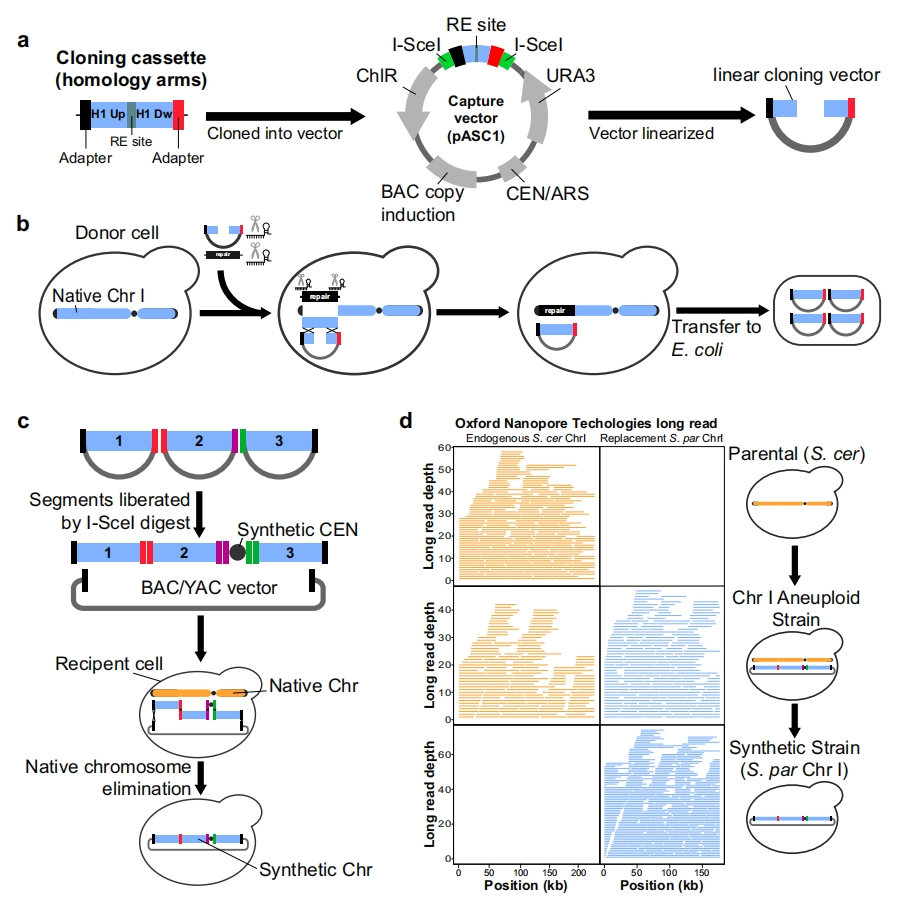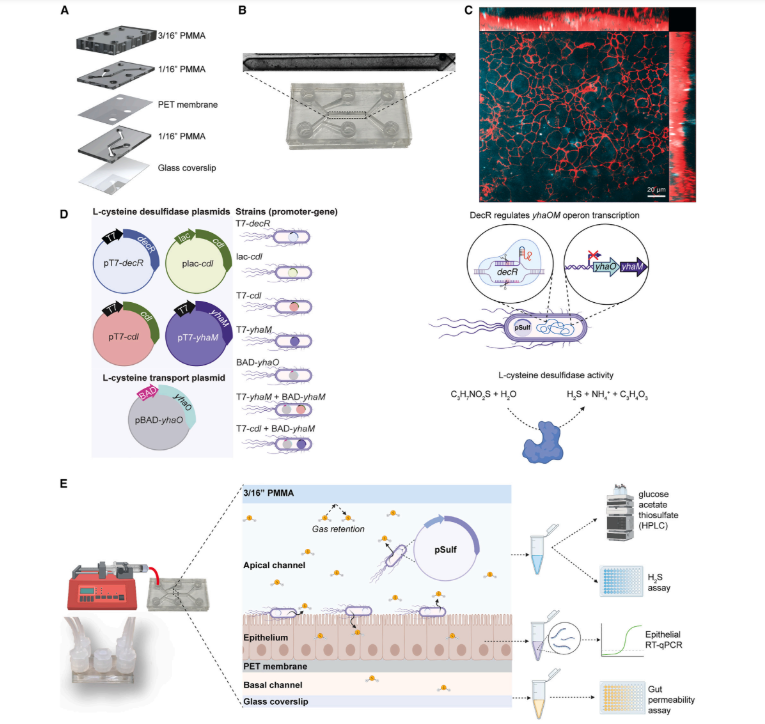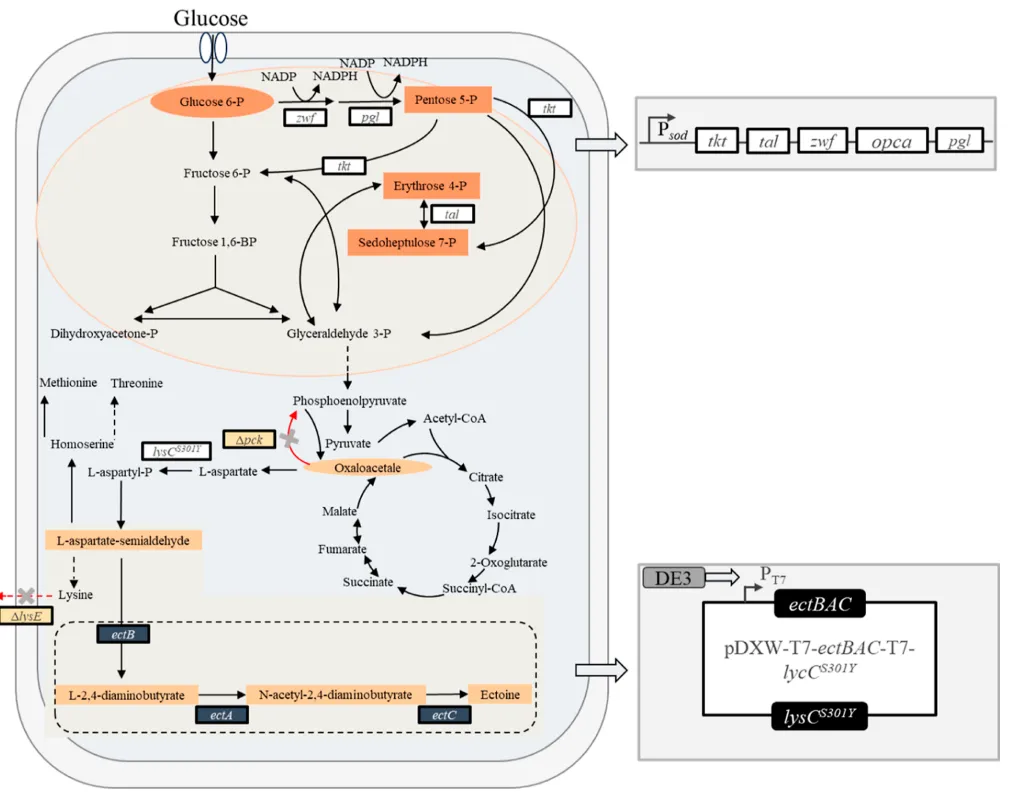The emergence of CRISPR-Cas9 gene editing technology has significantly changed the landscape of gene editing, providing scientists with unprecedented convenience and efficiency in freely manipulating genes. However, the accuracy of CRISPR gene editing is crucial for ensuring clinical safety and avoiding accidental and permanent genotoxicity.
In recent years, CRISPR-Cas9 gene editing has made advanced T cell therapies possible. Although off target editing of Cas9 in vitro and in vivo has been extensively studied and alleviated, unexpected chromosomal abnormalities, such as chromosomal deletions, after targeted genome editing have not been systematically investigated or prevented. These hidden dangers continue to raise potential concerns about CRISPR-Cas9 gene editing in clinical practice.
| Catalog Number | Product Name | Species | System | Price |
|---|---|---|---|---|
| GEC0007 | Rat osteosarcoma cells (UMR-106-CAS9) | Rat | Bones, joints, soft tissues, skin systems | Online Inquiry |
| GEC0008 | Human osteosarcoma cells (SW 1353-CAS9) | Human | Bones, joints, soft tissues, skin systems | Online Inquiry |
| GEC0009 | Mouse fibroblasts (L-929-CAS9) | Mouse | Bones, joints, soft tissues, skin systems | Online Inquiry |
| GEC0010 | Human skin fibroblasts (BJ-CAS9) | Human | Bones, joints, soft tissues, skin systems | Online Inquiry |
| GEC0011 | Human trophoblast cells (HTR-8/SVneo CAS9) | Human | Bones, joints, soft tissues, skin systems | Online Inquiry |
| GEC0012 | Mouse chondrocytes (ATDC5-CAS9) | Mouse | Bones, joints, soft tissues, skin systems | Online Inquiry |
| GEC0013 | Mouse bone like cells (MLO-Y4-CAS9) | Mouse | Bones, joints, soft tissues, skin systems | Online Inquiry |
| GEC0014 | Human malignant melanoma cells (A-375-CAS9) | Human | Bones, joints, soft tissues, skin systems | Online Inquiry |
| GEC0015 | Human chorionic villous tumor cells (Bewo CAS9) | Human | Bones, joints, soft tissues, skin systems | Online Inquiry |
| GEC0016 | Human epidermal cancer cells (A-431-CAS9) | Human | Bones, joints, soft tissues, skin systems | Online Inquiry |
| GEC0017 | Human osteosarcoma cells (Saos-2-CAS9) | Human | Bones, joints, soft tissues, skin systems | Online Inquiry |
| GEC0018 | Human osteosarcoma cells (U-2 OS-CAS9) | Human | Bones, joints, soft tissues, skin systems | Online Inquiry |
| GEC0019 | Mouse skin melanoma cells (B16-F10-CAS9) | Mouse | Bones, joints, soft tissues, skin systems | Online Inquiry |
On October 3, 2023, Professor Jennifer Doudna, a Nobel laureate in chemistry and a member of the University of California, Berkeley, along with Chun Jimmy Ye from the University of California, San Francisco, Zhang Yuanhao from Stanford University, and Carl June from the University of Pennsylvania, published a research paper titled “Migration of chromosome loss in clinical CRISPR-Cas9-engineered T cells” in the Cell journal.
This study suggests that chromosomal deletion induced by CRISPR-Cas9 gene editing is a common phenomenon, and the resulting defective T cells have disadvantages in adaptability and proliferation, but can still persist for several weeks in vitro culture, which may have adverse effects on clinical applications. In addition, the research team has proposed a new T-cell gene editing scheme that can reduce the occurrence of chromosomal deletions in gene editing and improve clinical safety.

Currently, T cell therapy is flourishing, which utilizes Cas9 to extensively engineer T cells to develop effective immunotherapies for cancer and autoimmune diseases. However, it is concerning that previous studies have shown that Cas9 editing leads to aneuploidy of chromosomes in primary human T cells.
However, the extent to which chromosomal deletions occur at other targets, the determining factors for this phenomenon, the T cell behavior induced by Cas9 for chromosomal deletions, and the clinical relevance of these findings are still unknown. With the understanding of this phenomenon, strategies to reduce or eliminate chromosomal deletions as a result of genome editing will improve the safety of engineering T cell therapy for patients.

CRISPR-Cas9 genome editing leads to partial and complete deletion of target chromosomes
In this latest study, to investigate whether CRISPR-Cas9 induced chromosome loss is a common phenomenon and evaluate its clinical significance, the research team conducted a systematic analysis of human primary T cells. They analyzed Cas9 induced genome edited chromosomal deletions at hundreds of loci on each somatic chromosome in the human genome to determine the frequency, determinants, and consequences of this phenomenon.

Genomic scale CRISPR-Cas9 screening revealed target specific chromosomal deletions
Through single-cell RNA sequencing (scRNA seq) and droplet digital PCR (ddPCR), the research team found that Cas9 induced chromosomal deletion is a common phenomenon that occurs at target sites throughout the genome, specific to the chromosomes targeted by Cas9. In addition, although Cas9 induced chromosomal deletions in T cells have adaptive and proliferative disadvantages, they can be cultured in vitro for several weeks, which means they may interfere with clinical applications.

The adaptability and proliferation ability of T cells with chromosome loss induced by Cas9 decrease, but can still persist for several weeks
Surprisingly, Cas9 mediated chromosomal deletions also occur during the preclinical production process of CAR-T cells, but were rarely or undetectable in patient T cells edited with Cas9 gene in the first human phase 1 clinical trial.
Next, the research team adopted a new T cell gene editing protocol in the first human clinical trial of CRISPR-Cas9 engineered T cells (NCT03399448), which not only reduced chromosome deletions but also largely preserved the efficacy of genome editing.

New T cell editing scheme reduces chromosomal deletions in patient T cells
The research team stated that this improved approach increased the level of DNA damage responsive protein p53, thereby protecting chromosomes and avoiding their deletion. This indicates that Cas9 induced chromosomal deletions are likely caused by the production of DNA double strand breaks (DSB), which in turn induce homologous directed repair (HDR). Therefore, CRISPR gene editing techniques that do not produce DNA double strand breaks (DSBs), such as base editing or epigenetic editing, may avoid high-level chromosomal deletions.

Research pattern diagram
In summary, this study published in Cell comprehensively analyzed the frequency and consequences of CRISPR-Cas9 induced chromosomal deletions in primary human T cells, used a genome-scale approach to understand the specific mechanisms affecting this phenomenon, and investigated preclinical and clinical T cell therapies. These comprehensive studies indicate that although chromosomal deletions are a common consequence of site-specific CRISPR-Cas9 genome editing, new approaches and further exploration of potential mechanisms can minimize their occurrence and impact.









